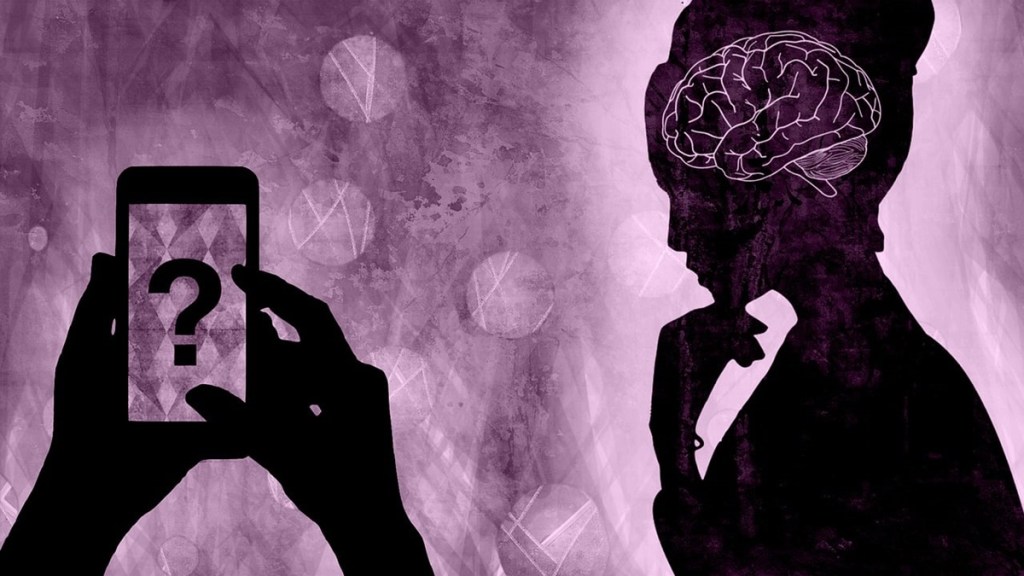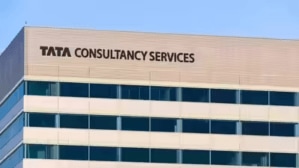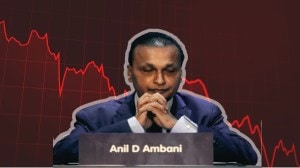ADHD and Mental Health: Social media is filled with health and wellness content. With ever-evolving and personalised algorithm and “relatable content” the tendency to self-diagnose is alarming. The situation is even more concerning with respect to mental health. For instance, Attention-deficit/hyperactivity disorder (ADHD) has become social media’s favourite and it has led to more and more people claiming to have it based on the reels and posts on the platform.
“Social media trends have popularized mental health discussions, leading to self-diagnosis. In India, young people are increasingly using online platforms for information. However, this can lead to misinformation, and professional diagnosis is crucial,” Dr. Shambhavi Jaiman, Consultant Psychiatrist, Fortis Memorial Research Institute, Gurgaon told Financial Express.com.
ADHD is a neurodevelopmental disorder that affects a person’s behavior, memory, motor skills, or ability to learn. According to doctors, ADHD is extremely common and can affect people of all ages, however symptoms usually start in childhood. While there’s no cure, treatment options can help manage symptoms.
It is noteworthy that many patients, especially the younger generation, are getting information about their health from social media. According to Creyos, statistics on how social media is shaping patients’ understanding of attention deficit hyperactivity disorder (ADHD) show that in the United States, there are 62,000 monthly Google searches for “do I have ADHD?” and related search terms. Meanwhile, the global monthly search volume for ADHD-related queries is 148,000. In India, there were 2,400 searches for “do I have ADHD?” and 90,500 searches for “ADHD symptoms” in the month of September. On Instagram, the hashtag #adhd has over 4.8 million posts.
There are many social media accounts about ADHD on all platforms—created by people with lived experience, healthcare providers, or otherwise. However, while there are benefits to social media’s portrayal of ADHD—like reducing mental health stigma and improving health literacy, it can also contribute to misinformation.
What is the status of Attention-deficit/hyperactivity disorder (ADHD) in India?
Attention-deficit/hyperactivity disorder (ADHD) is the most commonly diagnosed behavioral disorder in children, and the health experts maintain that numbers are only expected to rise. There has been rise in prevalence of the disorder among adults in the last two decades. One estimate is that it affects roughly 3 per of adults, as per a BBC report.
“ADHD (Attention Deficit Hyperactivity Disorder) is a neurodevelopmental disorder that affects attention, impulsivity, and hyperactivity. In India, awareness of ADHD is growing, but many cases still go undiagnosed due to a lack of understanding and stigma. Diagnosis is increasing in urban areas where mental health awareness is higher,” Dr. Jaiman told Financial Express.com.
Awareness about ADHD in India is slowly increasing, but there is still a need for better education, diagnosis, and treatment options, especially in rural areas, she said.
Dr Nimesh G. Desai, Independent Consultant in Psychiatry and Public Mental Health, former Director, IHBAS Delhi, the prevalence of ADHD globally is estimated at around 7.2 percent in children and 3.4 percent in adults. “In India, the rates are notably higher, with approximately 13.5% of adults affected, underscoring a significant mental health concern. These figures suggest that ADHD might be underdiagnosed in other parts of the world or that unique regional factors in India contribute to these higher numbers,” he told Financial Express.com.
Do I have ADHD or not?
Doctors maintain that more patients often come to them with preconceived ideas about what it looks like to have ADHD, assumptions about their diagnosis, and expectations about the medication or treatment they will receive.
Dr. Desai pointed out that platforms like Instagram and TikTok have become crucial in disseminating information about ADHD, often through personal stories that resonate with many, especially adolescents and young adults.
“This trend, while increasing awareness, poses risks of misdiagnosis/overdiagnoses due to the lack of professional evaluation. In India, cultural norms and stigma further complicate self-diagnosis, as behaviors interpreted as symptomatic in one context may be seen as typical in another,” he told Financial Express.com.
Increasing conversation around ADHD has led to a rise in stereotypes like people with ADHD are not trying very hard, or are simply not motivated to complete a task or achieve a goal. However, an ADHD brain has significant differences in the presence of dopamine and norepinephrine compared to non-ADHD brains, and these neurotransmitters play a role in feelings of motivation and reward.
What are the symptoms of ADHD?
The symptoms of attention deficit hyperactivity disorder (ADHD) can be categorised into 2 types of behavioural problems:
- inattentiveness (difficulty concentrating and focusing)
- hyperactivity and impulsiveness
Many people with ADHD have problems that fall into both these categories, but this is not always the case. ADHD is more often diagnosed in boys than girls. Girls are more likely to have symptoms of inattentiveness only, and are less likely to show disruptive behaviour that makes ADHD symptoms more obvious. This means girls who have ADHD may not always be diagnosed.
ADHD symptoms in children and teenagers
The main signs of inattentiveness are:
- having a short attention span and being easily distracted
- making careless mistakes – for example, in schoolwork
- appearing forgetful or losing things
- being unable to stick to tasks that are tedious or time-consuming
- appearing to be unable to listen to or carry out instructions
- constantly changing activity or task
- having difficulty organising tasks
- Hyperactivity and impulsiveness
The main signs of hyperactivity and impulsiveness are:
- being unable to sit still, especially in calm or quiet surroundings
- constantly fidgeting
- being unable to concentrate on tasks
- excessive physical movement
- excessive talking
- being unable to wait their turn
- acting without thinking
- interrupting conversations
- little or no sense of danger
ADHD symptoms in adults
- carelessness and lack of attention to detail
- continually starting new tasks before finishing old ones
- poor organisational skills
- inability to focus or prioritise
- continually losing or misplacing things
- forgetfulness
- restlessness and edginess
- difficulty keeping quiet, and speaking out of turn
- blurting out responses and often interrupting others
- mood swings, irritability and a quick temper
- inability to deal with stress
- extreme impatience
- taking risks in activities, often with little or no regard for personal safety or the safety of others
How ADHD is diagnosed?
In the current times, rise ADHD diagnoses is both good and bad. On one hand, it means that awareness is increasing and more people are coming forward to get the help they need. On the other hand, it also means that there is overdiagnosis due to medicalization of everyday symptoms is occurring.
ADHD diagnosis involves comprehensive screenings and behavioral assessments, often using tools like the Conners Rating Scale. Dr. Desai informed that treatments include non-stimulant medications like atomoxetine and various forms of psychotherapy, such as Cognitive Behavioral Therapy (CBT).
“Educational support is also crucial, yet cultural considerations must be factored into diagnosis to avoid biases. The root causes of ADHD are complex, involving genetic, neurobiological, environmental, and psychosocial factors and education of parents is very important,” he told Financial Express.com.
ADHD and other mental health conditions: What is the link?
It is important to note that ADHD often coexists with other mental health disorders, complicating diagnosis and treatment, Dr. Desai revealed. “This comorbidity demands a nuanced approach to care, considering the intricate interplay between ADHD and other conditions,” he said.
Dr. Jaiman revealed that ADHD is often linked with other conditions like anxiety, depression, and learning disabilities. These conditions can either coexist with ADHD or develop as a result of unmanaged symptoms, she said.
Life with ADHD
Children often face delayed diagnosis, academic struggles, and social isolation, while adults grapple with workplace issues, emotional regulation, and a higher risk of substance abuse.
“Both groups contend with limited access to resources, particularly in rural areas, and the pervasive stigma surrounding mental health. Addressing these challenges requires increased public awareness, improved healthcare access, and efforts to reduce stigma, ultimately enhancing the quality of life for those with ADHD,” Dr. Desai told Financial Express.com.
He also said that tackling ADHD effectively in India involves a comprehensive approach that includes early diagnosis, tailored interventions, and a cultural shift towards greater acceptance and understanding of mental health issues.
DISCLAIMER: If you or someone you know is struggling with their mental health or in distress contact the Vandrevala Foundation’s helpline (+91-9999666555) which is available in 11 languages including English and can be accessed via telephone or WhatsApp 24×7. You can also contact Fortis Hospital’s National Helpline number 91-8376804102 which is available 24×7. You can also contact the Government Mental Health Rehabilitation Helpline ‘KIRAN’ at 18005990019 which is available 24×7.








